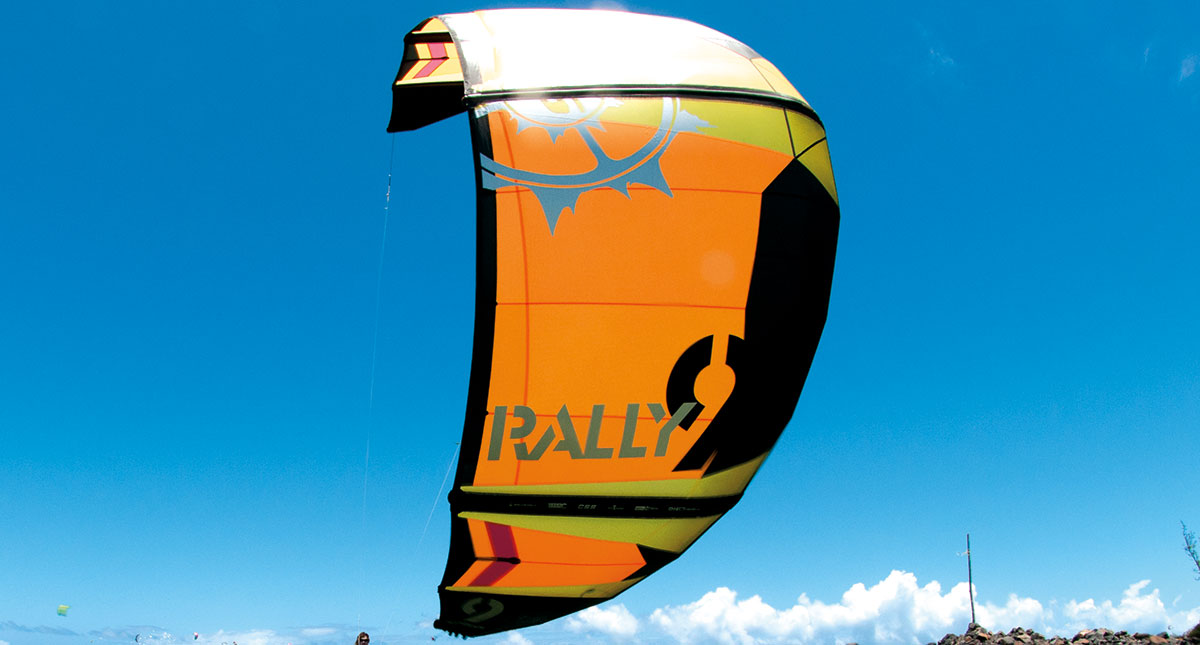
How to buy a used kite gear 2019: Top five ideas for protecting yourself
Top five ideas for protecting yourself
The internet is the great price equalizer. If you’re looking to save some money, your probably looking for a great deal. We encourage you to find that great deal, and at the same time, we want you to find that kite that will give you the full experience you’re looking for. Lastly, we want to make sure you’re protected from what you think is a great kite at a great deal but in reality is a lemon kite, with unforeseen problems.
1. Do your homework (online an offline)
A little research will go a long way when buying a used kite. After you decide what type of kite you’re looking for, research the used gear market that you have access. Even though your thinking of buying a used kite, read this article about new kites, there is some decent info in there. Compare prices. See which brands, models and years have the highest ratings and resale value. From there you can narrow your search down and make an informed buying decision. Understand that all kites are not made the same. Materials make a huge difference in performance, durability, and life-span. Make sure you ask questions specifically to which material is used where. Go to the manufactures website. If they don’t know or publish it, that is a red flag. You can find an entire material science and application guide and Slingshot’s for kite manufacturing formula here.
2. Color
It’s not just aesthetics- the color of a kite has a lot to do with how well, or poorly, it ages. We have years of extensive research on this topic. Here is a fact: All our kite canopy starts with polyester thread (Never buy an LE kite with a canopy made of nylon thread. ) Polyester is UV sensitive material. Kites with white, light or bright fluorescent colors allow more UV penetration than dark or black fabrics. As UV light passes through the fabric, it breaks down its fibers and causes fatigue at a faster rate. Black or dark colored fabric is essentially sunscreen for your kite. The dark dye blocks the UV radiation and prevents it from penetrating the polyester fiber thread. This little unknown secret about longevity is built into every Slingshot kite. Slingshot kites have the highest rated resale value as a result. Most kites can still be “Crisp.” after years of use. Remember we are talking about UV, not solar heat. A “hot” kite due to being black an issue. Kites don’t get hot enough to damage themselves. UV does. Buy black, you won’t regret it.
3. Inspect before buying
Inspect any used kite before you purchase it. If you can’t see it personally, ask for detailed photos to inspect. Look for fabric fatigue in the canopy, in particular, load-heavy locations like the trailing edge and strut attachments. Feel the fabric- does it feel stiff and “crisp” (good) or soft and papery (bad).
Look for any holes or tears. Look for repairs. Inspect the bridles for excessive wear. If you’re looking at a kite with pully’s (evil as far as durability goes) Make sure they have not been twisting the bridle line it runs on. The tell-tell sign, notice if the line wants to curl or twist. Bridle line should say straight and limp. Twisted bridle lines have two problems.
1. Highly twisted lines shorten the specs of the bridle. Which means your kite is not going to fly as designed.
2. They will eventually break. Bridle maintenance is a pain in the ass, and it can be expensive. If possible you want to look for a compact bridle design with no pulleys. We recommend eliminating the worry all the way.
Evaluate the overall condition of the fabric. If it looks like a tissue that went through the wash, you probably want
to pass on the deal.
4. Leading edge
A good inspection of the leading edge will tell you a lot about a kite’s condition and how rough the previous owner was on it. If you see scratches, rubbing, wear and tear on the leading edge you’ll know it has been crashed on land and, at the very least, you’ll know to look it over more thoroughly. The leading edge needs to hold up to pressure; even a small scrape can spell disaster for your kite. Additionally, most kites offer a single point inflation system. (One-Pump) look for cracking or discolored tubes. It’s not a deal breaker, just know you will need to spend some time and few bucks replacing them. Buy kites with clear bladder nipples. Black ones can have “regrind” used in the injection molding process. “Regrind” is discarded material picked up off the factory floor, re-ground and added back to new material to stretch the dollar. Regrind parts are a problem. Go with clear nipples. They can’t use re-grind, or you will see the dirt and imperfections in the final part. Pump up the kite, and let it sit for a while, (maybe do this first)
5. Don’t get suckered
There’s a lot of great deals out there on decent used gear, and in kiteboarding used gear can be a great way of getting into the sport or maintaining your addiction without breaking the bank. That said, don’t let the excitement of enjoying our fantastic sport cloud your judgment. If a deal doesn’t seem right, don’t take it. If a kite doesn’t seem like a good fit, don’t get talked into it. And, most importantly, if the quality and condition is poor, find another deal, even if it means spending a little more money.
For more info on buying NEW kite gear read this blog:
How to Buy a NEW Kite

